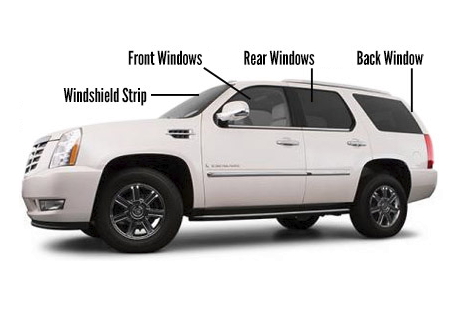This article will walk you through Florida’s window tinting law. Here’s a round-up of all the information you need to know about FL tint law.

Tint For Windows Car in Florida
This article will walk you through Florida’s window tinting law. Here’s a round-up of all the information you need to know about FL tint law.

Tint For Windows Car in Florida
Capitol-Tires.com is an independent enthusiast website and is not affiliated with or endorsed by American Tire Distributors (ATD), Nexen, Itochu or any other manufacturers and its content is solely for informational purposes. All manufacturer names, symbols, and descriptions, used in our images and text are used for identification purposes only. It is neither inferred nor implied that any item mentioned by Capitol-Tires.com is a product authorized by or in any way connected with any products/vehicle manufacturers displayed on this page. Copyright © 2025 CAPITOL-TIRES.com. All rights reserved.